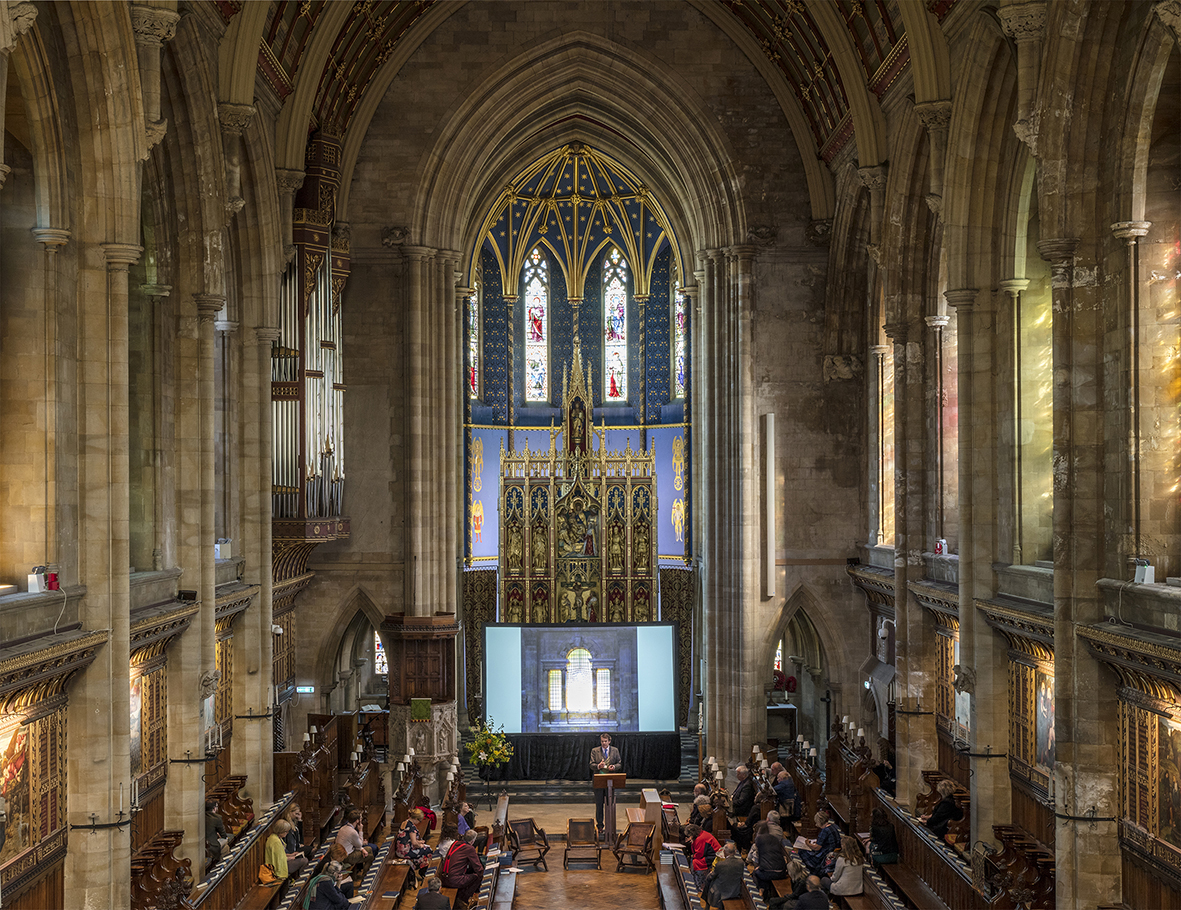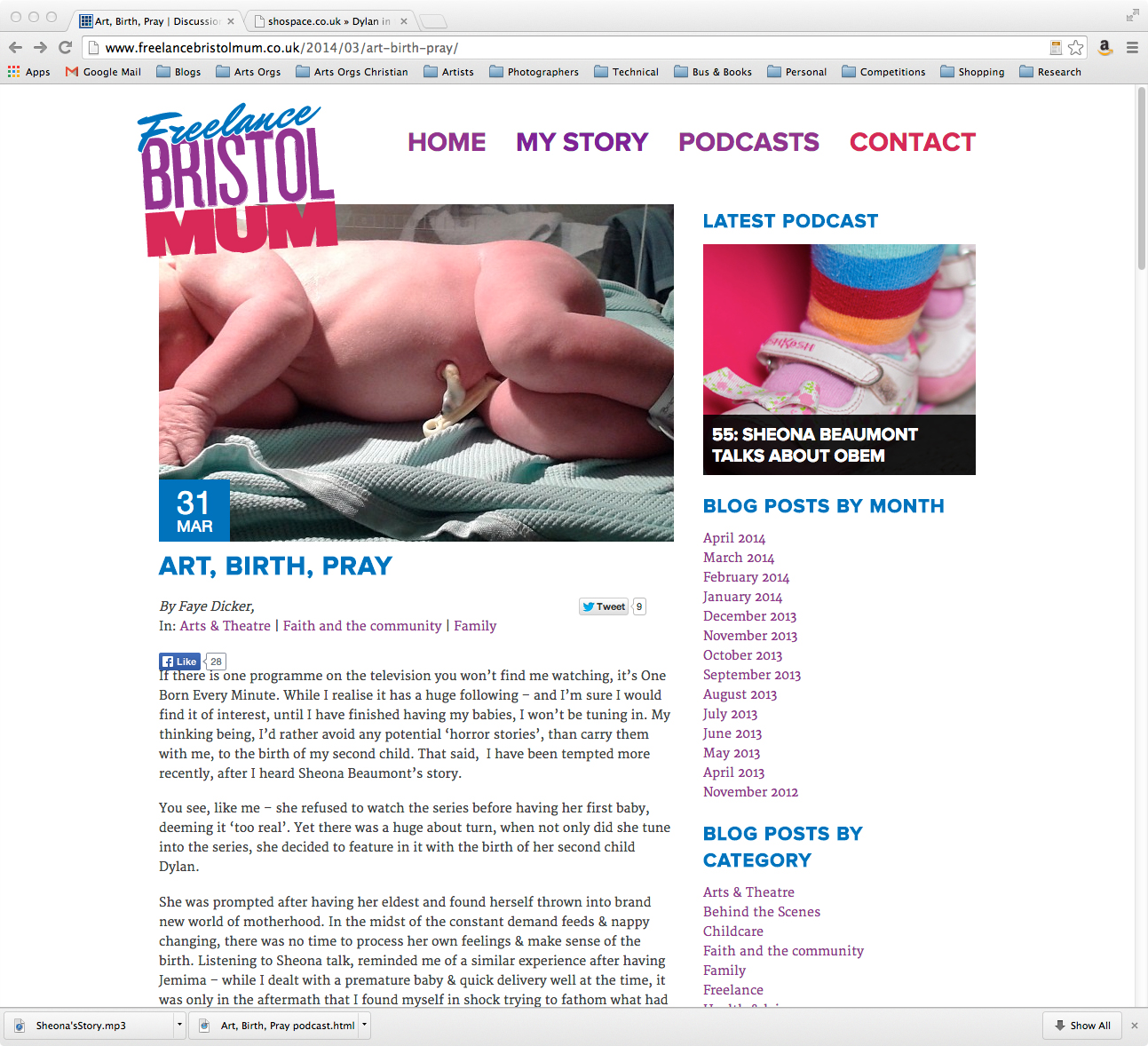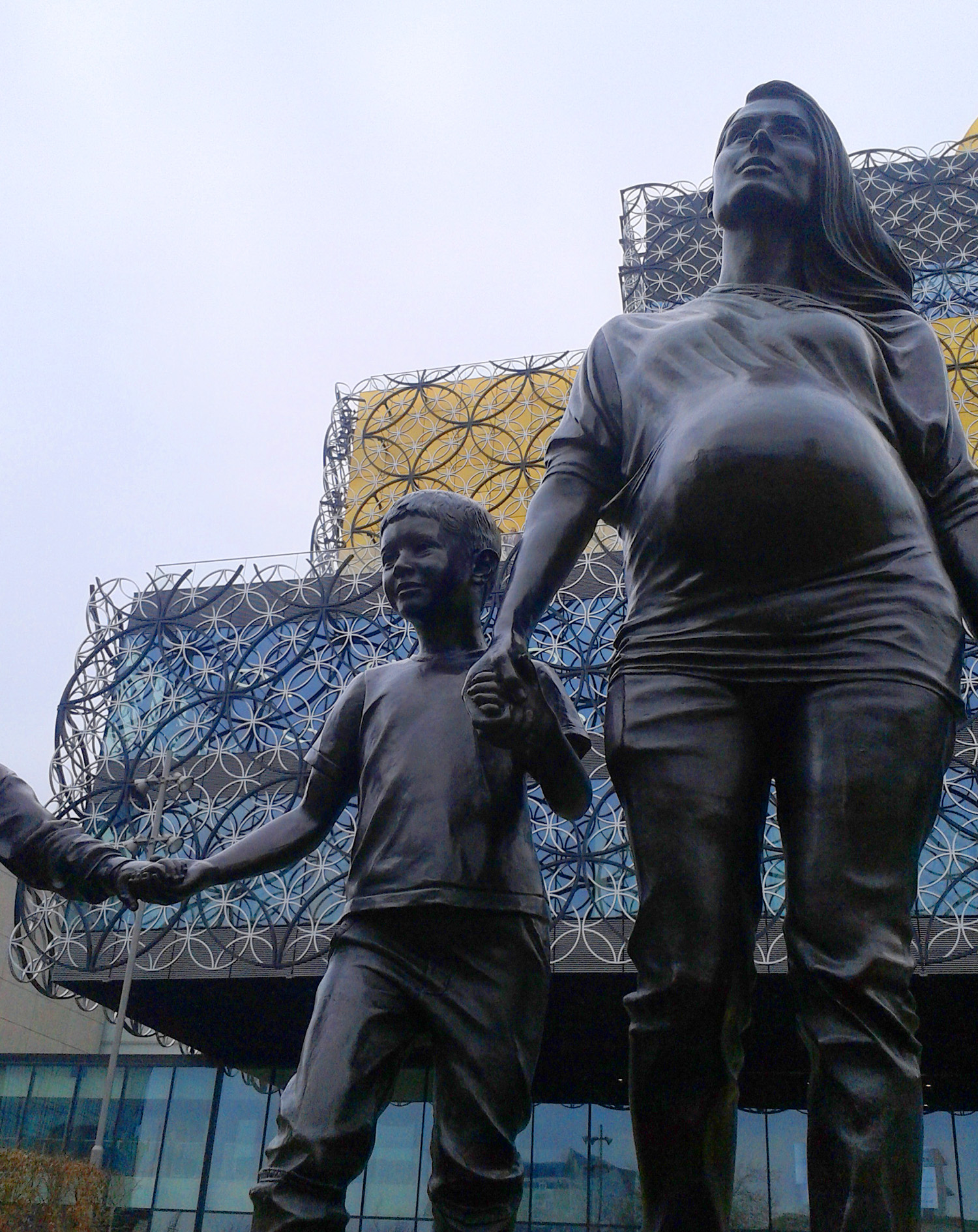Visual Theology‘s second two-day conference took place this month at Marlborough College, and in what follows I draw on the report penned by Madeleine Emerald Thiele. Madeleine and I have envisaged new places where art and theology might intersect, very much in a plane of contemporary relevance and interest. I was delighted that this weekend offered new ways to bring John Ruskin into conversation with worship, art history, and contemporary art practice. His words continue to inspire, and I’m prompted again to draw on what feels like a wisdom tradition of sorts that he started – one for modernism and arts in particular.
‘Ruskin and the Pre-Raphaelites: Sacre Conversazioni’ was part of the international John Ruskin bicentenary celebrations. The event was held in Marlborough College’s Chapel, overlooked by a series of Pre-Raphaelite paintings by the artist, John Roddam Spencer Stanhope, and beneath an Edward Burne-Jones stained glass window. Amidst a tightly choreographed programme of 15 papers (from open submission and by select invitation), there were 2 keynotes, 1 ‘special conversation’, 1 installation of video art, 1 church service, 1 exhibition, and 1 musical concert.
Our presenters delivered to an extremely high standard, thus reflecting the high calibre of their specialist knowledge and insight, and our carefully considered shaping and design of the event. The voices who contributed to our conversations represented leading academics in Art History, Literature, and Theology, church leaders from the Anglican tradition, curators, and an award-winning artist. Our speakers were international, with five being based Stateside, and the rest either Europe or UK based.
The presentations and panels covered a range of subjects, including (for the full programme, see here) visions of church reflected in Edward Burne-Jones, the visual theology of angels in Pre-Raphaelite art, Dante Gabriel Rossetti in colour and sound, the sacred in social contexts for William Morris or Mary Watts, Ruskin’s reception on the continent, and theological reflection on icongraphies of leaves and dirt. We were delighted also to hear from Professor George P. Landow and Professor Colin Cruise as keynote presenters, and through a special conversation between curator Christopher Newall and the Bishop of Salisbury: all four brought questions about aesthetics to bear on responses of faith.
Day Two saw an intimate reimagining of the original 1886 Service of Dedication, with a video installation by Reverend Mark Dean. Visual Theology had commissioned Dean, and we were delighted with his impressive angelic themed visual and musical pieces which were in response to the opening theme of the original service: ‘This is a dreadful place’, and the Stanhope cycle. Dean had brought ideas about both worship and the practising or making of art into close contact with liturgical expression, in this case through a sensitive reflection of the building’s dedication and subsequent history.
Hosted here at Marlborough College, with a conference dinner at the town’s well-known Polly Tea Rooms, and including a private view of the Richard Sheridan exhibition for our delegates, we put considerable thought and planning into a level of ‘added value’ to the event. Our delegates had the opportunity to access a display of Marlborough College’s rare books with Dr. Simon McKeown. These included architectural books on Pugin, Millais etchings, and most significantly, a copy of William Morris’ Aeneid translation, signed by Morris himself and given as a gift to Burne-Jones’ son, Philip. We also invited three talented young musicians from Wiltshire, who played in the Chapel for our delegates prior to the Sheridan exhibition visit. Significantly for us, the holistic reach of the event was felt further afield, through well-received engagement online with our live Twitter feed #VTRuskin. Increasingly these expanding spheres of engagement are reflective of our hope that Visual Theology finds footing and connections with communities beyond church and academia.
We had a total of just over 50 people register across the event, with a heavier mix of academics than clergy or artists than we have had previously. We had a slightly greater number of women than men (both presenting and attending), but we achieved a broad range of ages from students to those in retirement. We continue to believe this is vital to both our own events, and to academia generally. We remain grateful to Marlborough College for underwriting some of the event: without their financial support we would not have been able to achieve what we did, nor allow our delegates to present in such an impressive and special venue.
We feel two aspects of the conference – the quality of the research in the paper presentations (which communicated across their panels, as well as being individually outstanding), and the specific engagement with the Chapel setting – were key in making this a successful event. Inevitably, as with any event, there were some difficulties – such as a power cut in the town and some audio issues. However, included in the overwhelmingly positive feedback we have now received were a number of comments that welcomed our sense of ambition, our shaping of a new style of academic event, our interdisciplinary conversations, and our overall achievement without institutional backing. We have received much generosity post the event both from those that attended and also those who were unable to. This event has been a complex one to organise, and we are grateful for such feedback and encouragement.
Header image: St Michael and All Angels Chapel, Marlborough College, 2019. Photograph by Madeleine Emerald Thiele.



